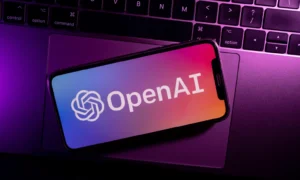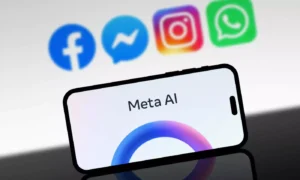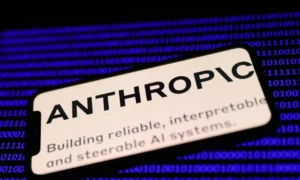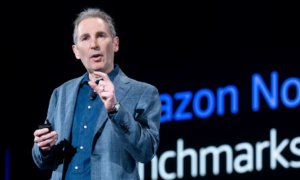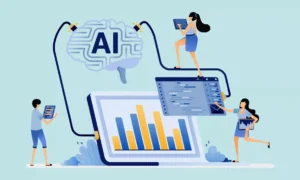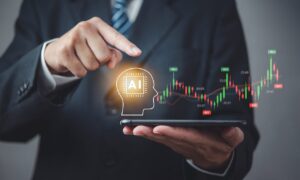Something fundamental changed in artificial intelligence Thursday morning. OpenAI didn’t just update ChatGPT (they do that constantly). Instead, they handed it the keys to your computer.
The company’s latest release transforms ChatGPT from a conversational partner into what they’re calling an “agent” — software that doesn’t just talk about tasks but actually performs them. Users can now tell ChatGPT to build financial models, research competitors, or draft emails, then watch it navigate between applications like a digital employee.
This represents the clearest signal yet that the AI industry believes autonomous agents, not chatbots, represent the future of human-computer interaction.
Inside the Launch
The upgrade landed Thursday for subscribers paying for ChatGPT’s Pro, Plus, and Team tiers. Education and Enterprise customers get access within weeks. Users find the new capability tucked into a dropdown menu labeled “Tools,” where it sits alongside ChatGPT’s existing features.
But calling this an addition undersells what OpenAI built. The agent incorporates technology from their Operator tool, which can click buttons and fill forms on websites. It also includes their deep research system, plus access to a virtual machine that preserves context across complex, multi-step workflows.
The technical architecture is more sophisticated than previous AI assistants. ChatGPT’s agent can switch between visual and text-based web browsers, execute terminal commands, tap into OpenAI’s APIs, and connect with external services like Gmail and GitHub.
What makes this different from existing automation tools? Context. The agent remembers what you asked for, what it tried, and what worked. It can pivot strategies mid-task based on what it encounters.
Early demonstrations show users requesting things like “Build a cash burn rate model for my AI startup” and watching ChatGPT locate relevant files, open spreadsheet software, pull market data, and generate formatted reports. No copying, pasting, or app-switching required.
The Bigger Picture
This launch signals OpenAI’s belief that AI’s next chapter involves delegation, not just conversation. The company is betting that people want AI to handle entire workflows, not just provide advice about them.
The timing matters. Microsoft, Google, and Anthropic are all racing to build similar agent capabilities. OpenAI’s move stakes out territory in what could become the most important AI battleground of 2025.
For businesses, the implications run deep. Small companies suddenly have access to the kind of task automation that previously required dedicated IT teams. Entrepreneurs can prototype ideas faster. Knowledge workers can focus on strategy while AI handles execution.
But the technology also raises questions about job displacement that go beyond typical automation fears. When AI can research, analyze, and create deliverables independently, which human skills remain irreplaceable?
The answer may depend on how reliably these agents perform. Early testing suggests they’re impressive but not infallible.
The Security Challenge
OpenAI acknowledges that giving AI control over computers and web access creates new vulnerabilities. Their Thursday blog post includes warnings about “prompt injection” attacks, where malicious actors hide instructions in web pages to manipulate AI behavior.
“A malicious prompt hidden in a webpage, such as in invisible elements or metadata, could trick the agent into taking unintended actions, like sharing private data from a connector with the attacker, or taking a harmful action on a site the user has logged into,” the company explains.
The company’s model testing shows the agent ignores 99.5% of synthetic prompt injection attempts. That drops to 95% for sophisticated attacks designed by security researchers. While impressive, the 5% failure rate leaves room for exploitation.
OpenAI built several defensive layers. The agent asks permission before taking “real-world” actions, requires supervision for tasks like sending emails, and refuses high-risk activities like financial transfers. The system also runs in an isolated virtual machine to limit potential damage.
Still, the security model relies heavily on users understanding what they’re authorizing. That assumption may prove optimistic as the technology reaches mainstream adoption.
Where This Could Go
OpenAI’s agent represents the first mainstream deployment of what researchers call “agentic AI” — systems that can pursue goals independently rather than just responding to prompts. The technology has been brewing in labs for years, but Thursday marked its arrival in consumer software.
The implications extend beyond productivity gains. If AI agents can reliably handle complex digital tasks, they could reshape how software gets built, sold, and used. Why develop specialized applications when a general-purpose agent can navigate any interface?
That possibility excites some technologists and terrifies others. The optimistic view sees AI agents as the great democratizer, giving everyone access to sophisticated digital capabilities. The pessimistic view warns of a future where human digital literacy atrophies from disuse.
What seems certain is that OpenAI’s Thursday launch won’t be the last word on AI agents. The company has opened a door that competitors will rush to walk through.
The question isn’t whether AI agents will become mainstream. It’s whether OpenAI can maintain their current lead as the race intensifies.


